-
Posts
519 -
Joined
-
Last visited
Content Type
Profiles
Forums
Gallery
Events
Posts posted by Tadeusz43
-
-
Hi,
Vasa Shipyard in Vasa Museum in Stockholm.
In 17th century naval shipyard was situated on Skeppsholmen island
near Stockholm downtown.
In this shipyard was constructed Vasa.
Foto 1-4 Shipyard on Skeppsholmen in17th century
Foto 5 Basic tools of shipwright
Foto 6 Planking clamp, similarly we use now but it was bigger
Foto 7 Rivets, clout-nails and treenail
Foto 8,9 Stages of the hul construction
Tadeusz
-
Hi,
It's a very useful tool.
I use similar rotary cutter cutting strips of veneer.
Tadeusz
-
Hi,
Great job now will only add port wine barrels and wish you fair winds.
Tadeusz
-
-
Hi,
I have some scissors but the best to work on the rigging, I consider these in pictures.
http://www.jotika-ltd.com/Pages/1024768/Tools/Pliers_2.htm
http://www.cornwallmodelboats.co.uk/acatalog/rigging_tools.html
Tadeusz
- cristikc, Archi, thibaultron and 6 others
-
 9
9
-
Cannons of coastal defense and the army.
These were the same barrels as for naval cannons but supported on other bases
fit for purpose.Foto 1-4 Captured cannons at Gripsholm Castle Sweden
Foto 5 Big cannon in Arsenla in Copehagen
Foto 6-9 Costal defence cannons in Stockholm Army Museum
Foto 10-11 Cannons at Helsingor Castle (Hamlet Castle) Denmark
Foto 12-13 Cannons at Wisloujście Fortres in Gdańsk
Foto 14-15 Cannons and mortars in Old PrisonTower in Gdańsk
 :pirate41:
:pirate41: 
Tadeusz
- robin b, Piet, jdbradford and 10 others
-
 13
13
-
Naval cannons and how it was made.Part 2.
The water-powered ironworks at Finspong in Sweden established in the late 16th century by the Walloon Wellam de Wijk by permission of Gustav II Adolf King of Sweden.
Factory was developed up to 19th century and continued to make guns until the last was test-fired in 1912.
The model of early foundry is exhibited in Stockholm Army Museum.
Foto 1-8 Early ironworks at Finspong.Central part is iron melting furnace with water wheel powered blowers.
Mold for cannon casting is situated below ground level for easy fill with melted iron. In adjacent building
is installed metal working machine powered by water wheel.
Foto 9 Ironworks at Finspong in 19th century.
Foto 10, 12 Molds for casting
Foto 11 Working in a foundry
Foto 13 Iron melting furnace
Foto 14 Metal working machine for cannons ( Arsenal in Copehagen)
Tadeusz
- Jason, avsjerome2003, davyboy and 8 others
-
 11
11
-
Naval cannons and how it was made.
Naval cannons for age of sails ships was manufactured in foundries.
Cannons was made form bronze or cast-iron and sometimes they were richly ornamented.
Tadeusz
Bronze naval cannons in Stockholm Army Museum
Vasa cannons (reconstruction)
Early iron cannon in Gdansk Marine Museum
Mary Rose cannon in Portsmouth Historic Dockyards
- hexnut, Belco, avsjerome2003 and 15 others
-
 18
18
-
-
-
Hi,
If the model will be painted enough to apply wood filler and sand it.
Tadeusz
My models:
From kits
Vasa, HMS Victory, Le Solei Royale, Friesland
From scratch
HMS Warrior 1860, Esplanade, Grosse Yacht
Norman’s ship, HMS Speedy, La Royale
Peter von Danzig
Polacca XVII cent.
Current project:
SS Savannah 1818
-
04 May 1940
During the German air raid on the port of Narvik was sunk Polish destroyer ORP Grom with ship was lost 59 lives.
http://en.wikipedia.org/wiki/ORP_Grom_%281936%29
Sister ship ORP Błyskawica museum ship in Gdynia (Poland).
http://en.wikipedia.org/wiki/ORP_B%C5%82yskawica
Tadeusz
-
It is tagged San Juan Nepomuceno.
-
-
-
-
-
-
-
- aviaamator and mtaylor
-
 2
2
-
-
-
-
Hi,
It looks promising, so keep this way.
Tadeusz



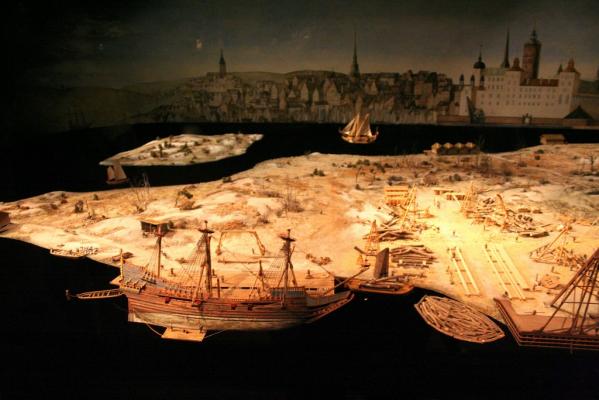
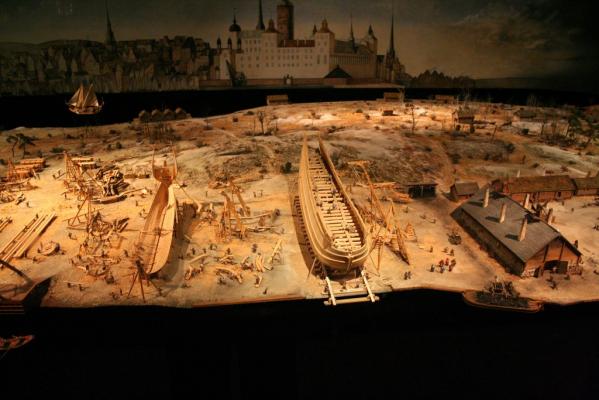

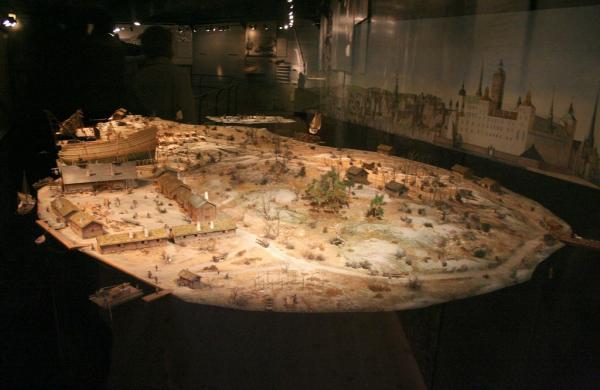
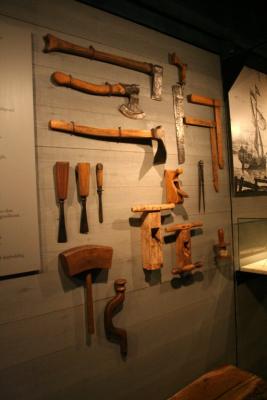
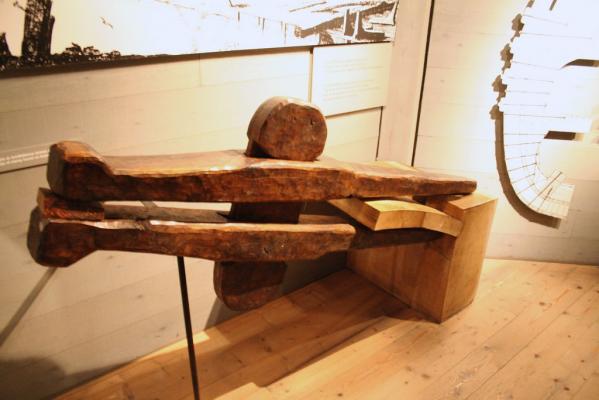
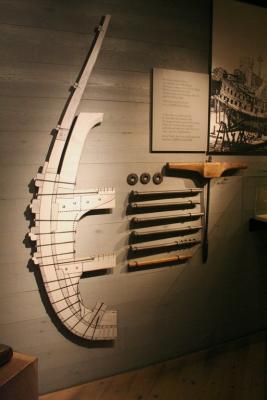
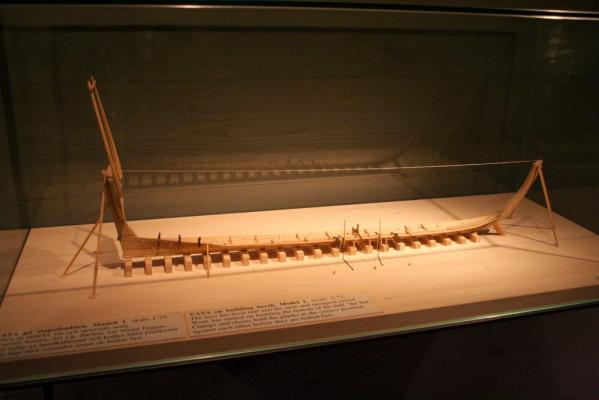
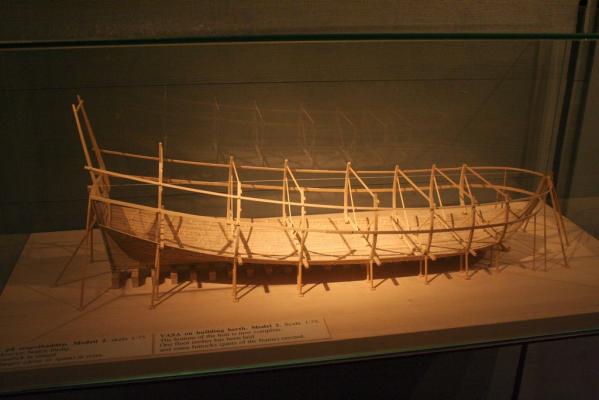
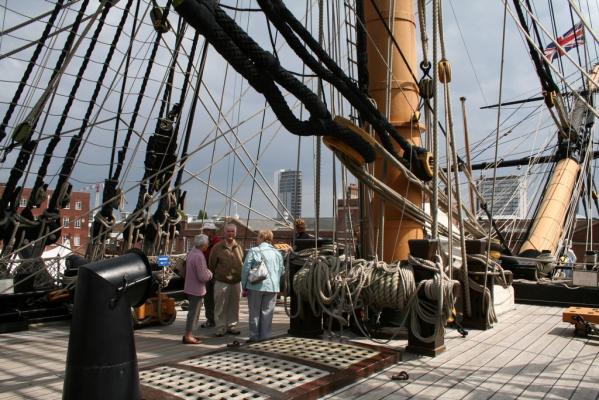
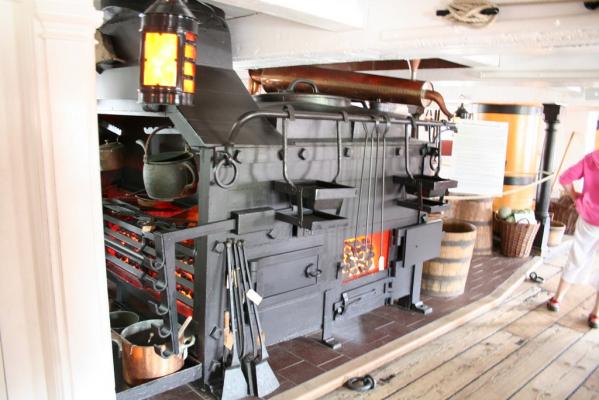
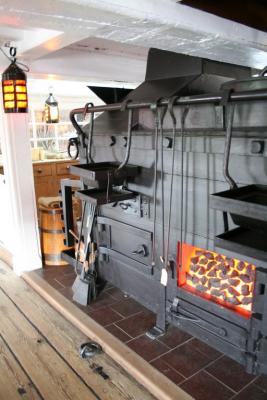
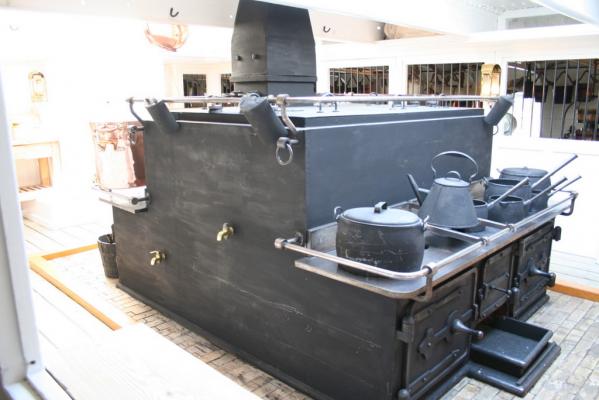

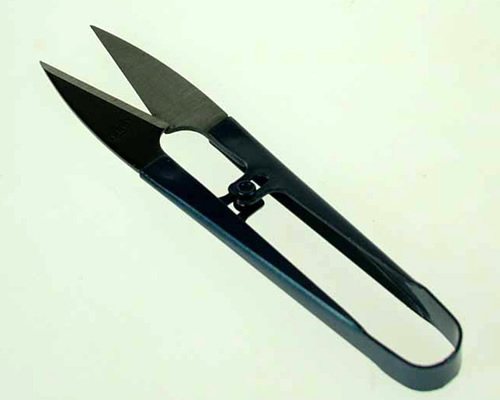
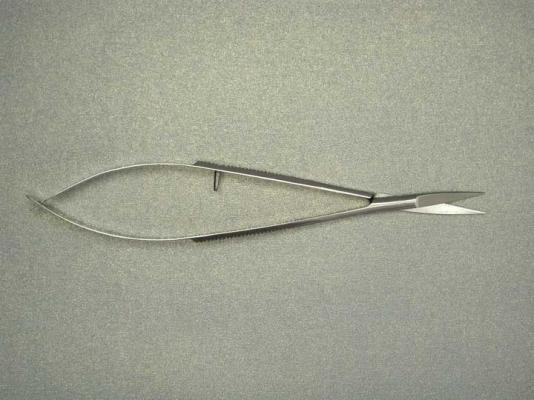
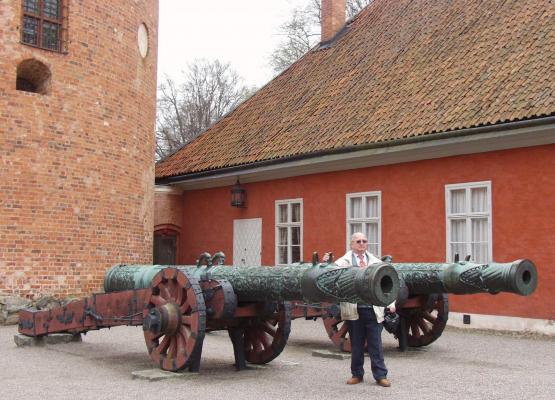
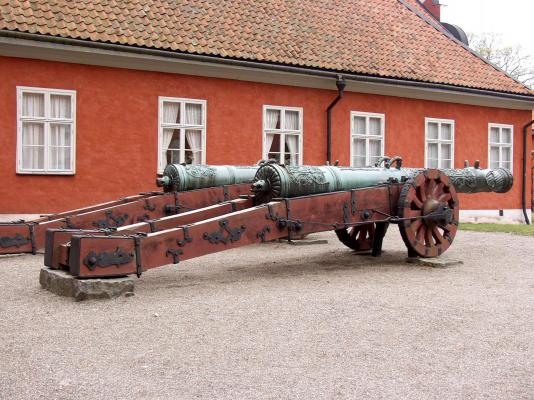
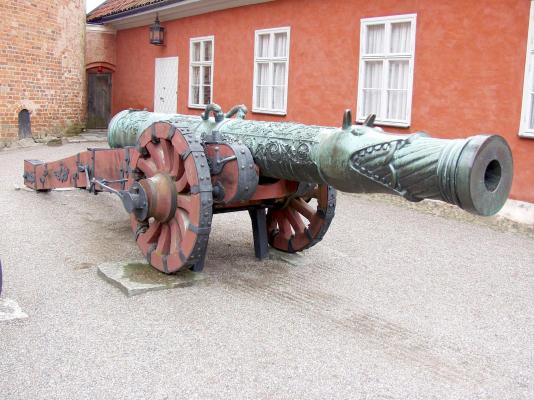
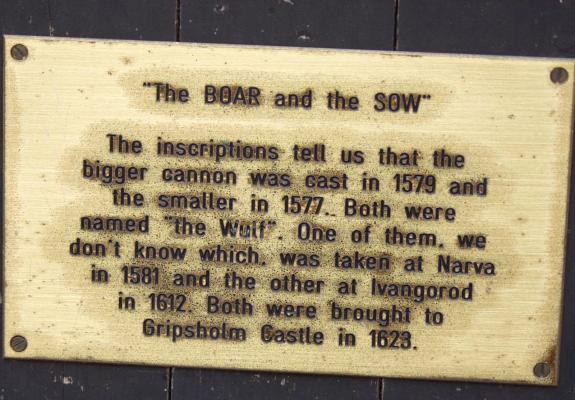
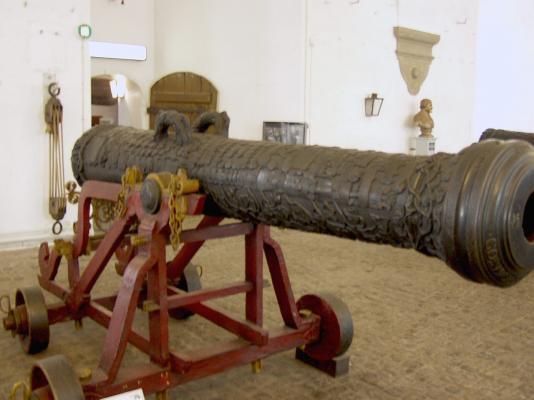
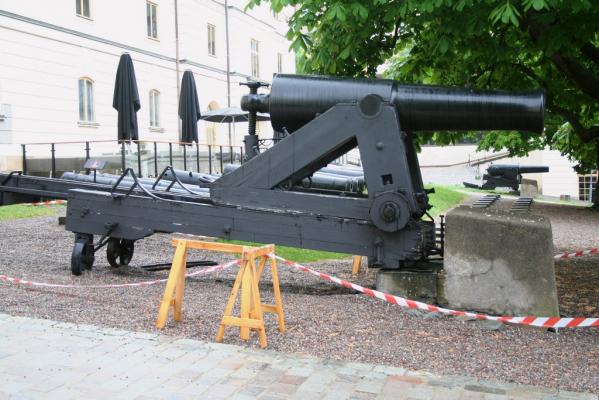
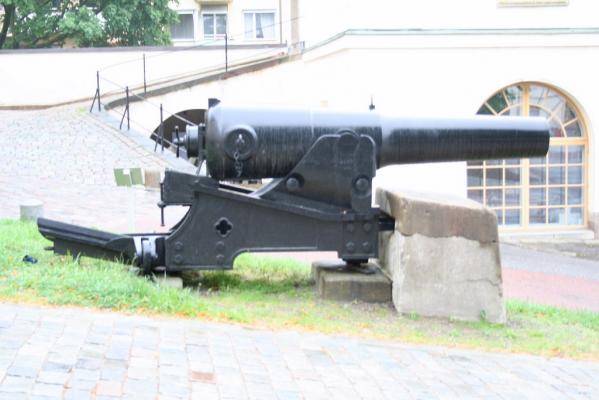
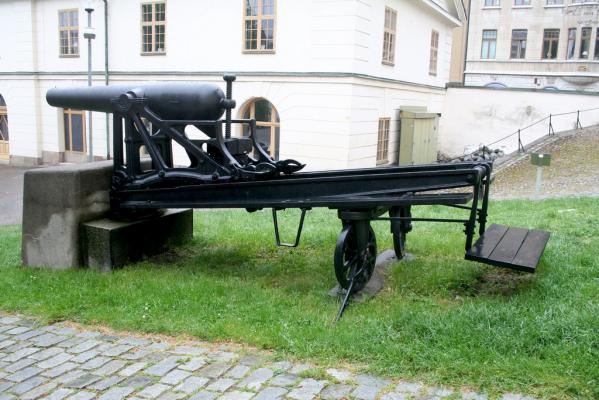
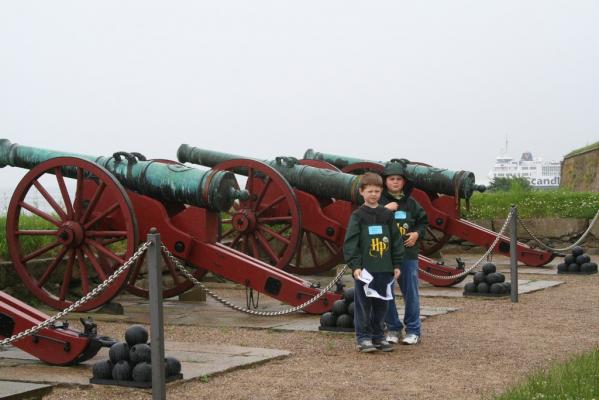
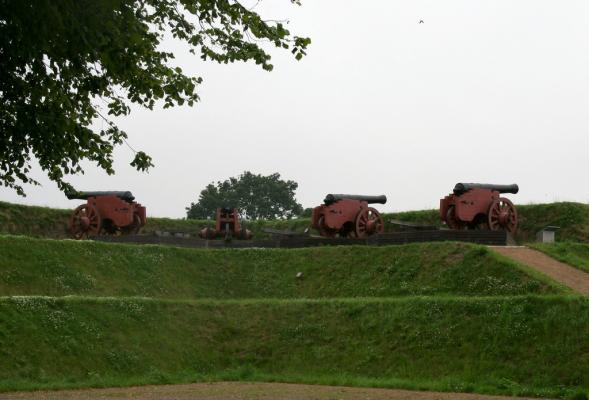
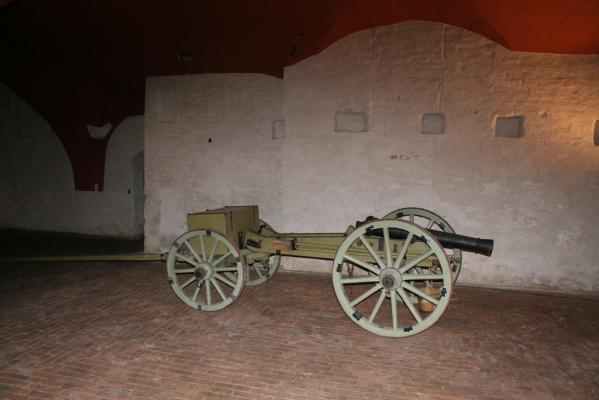
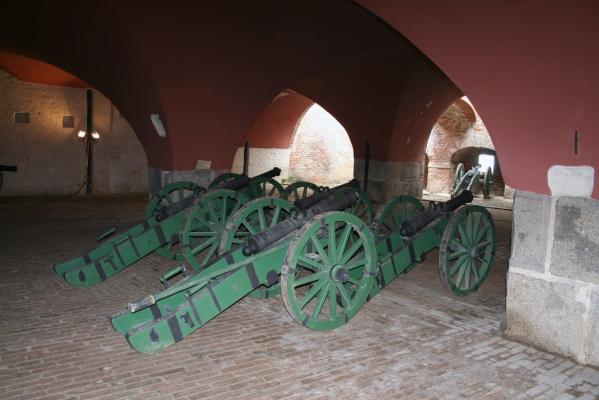
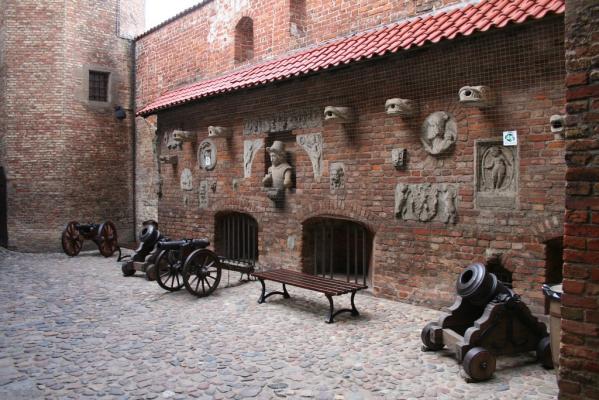
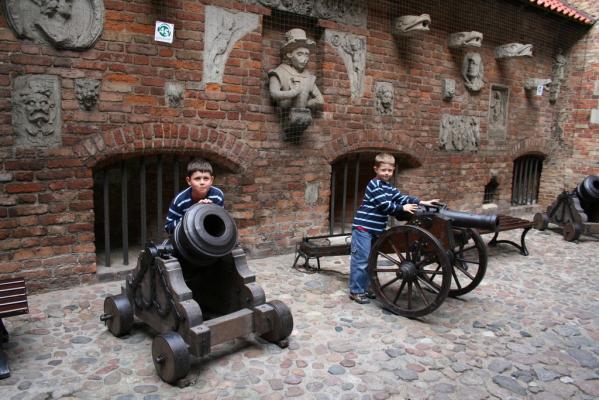
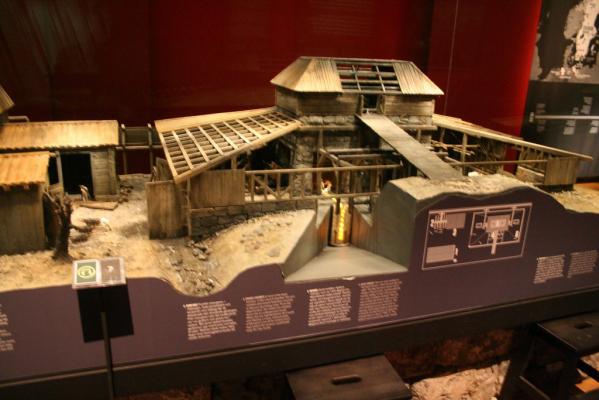
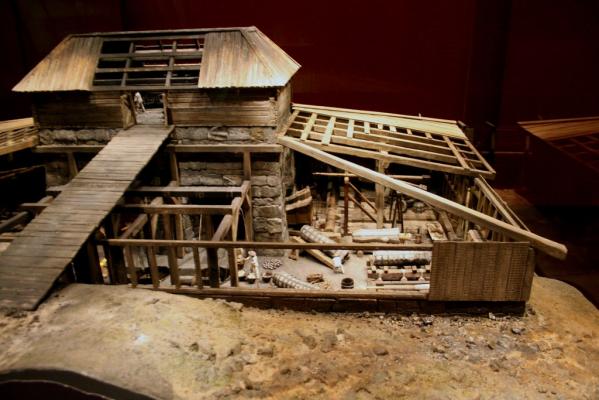
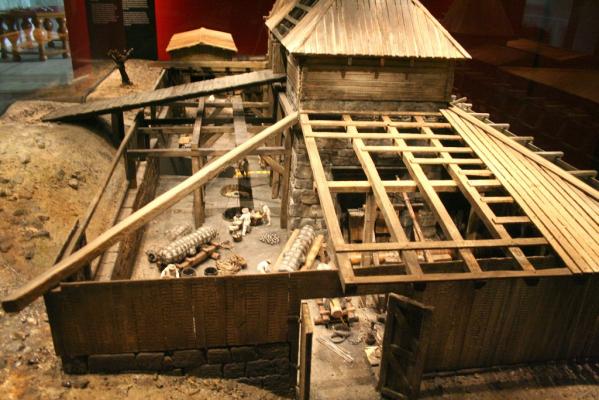
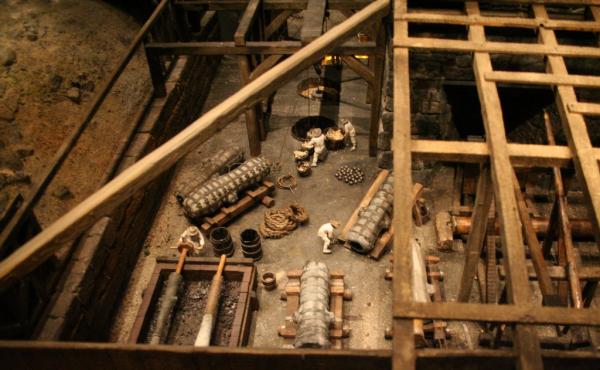

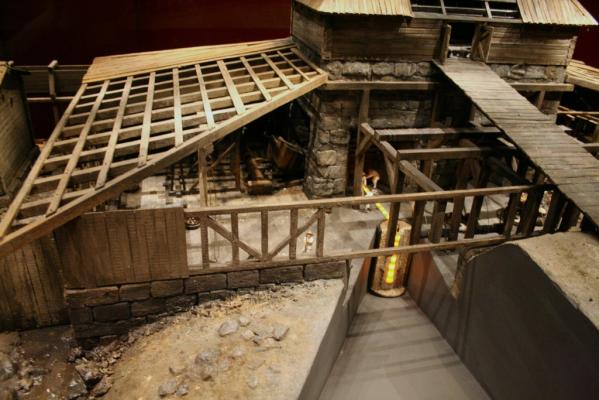
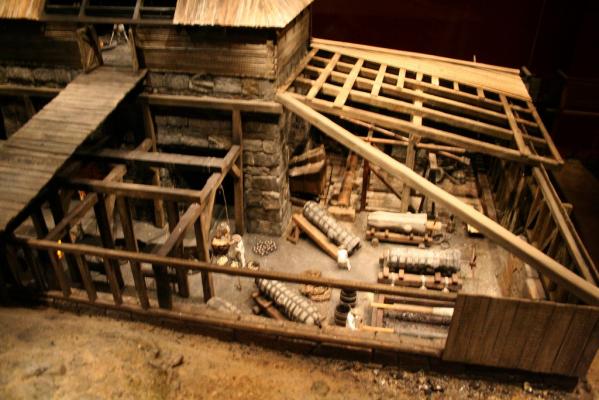
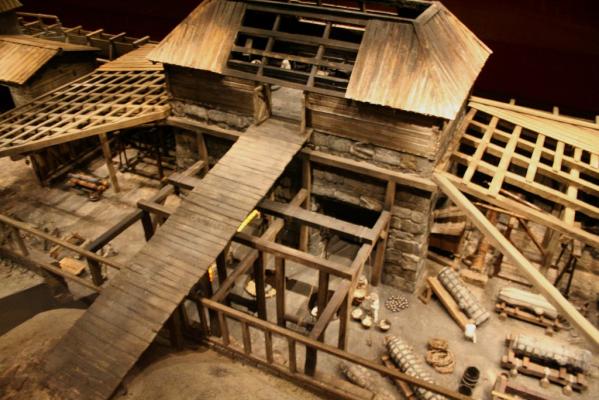
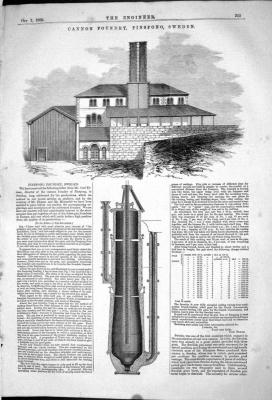
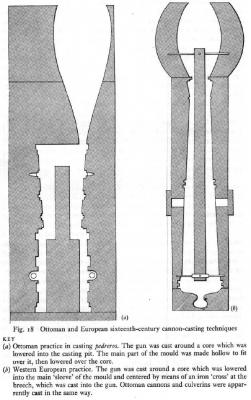
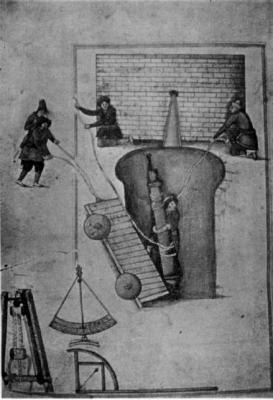
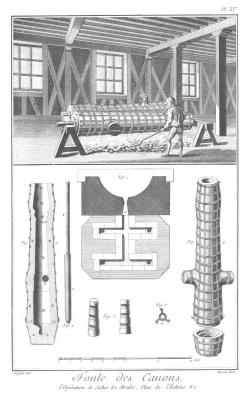
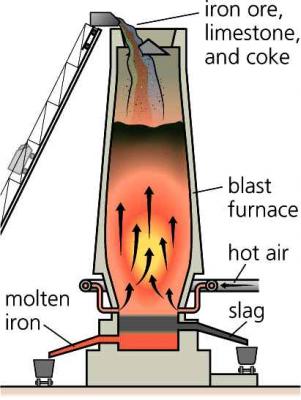
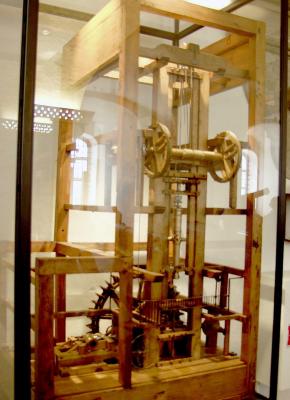
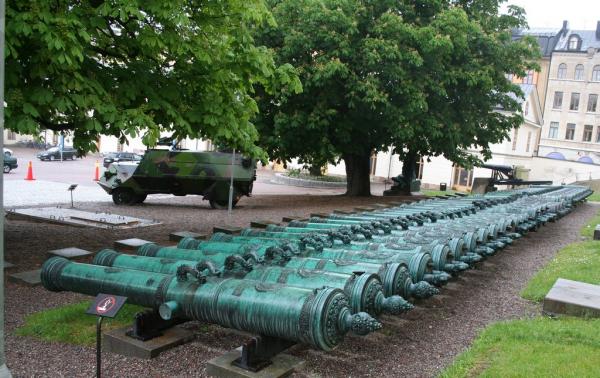
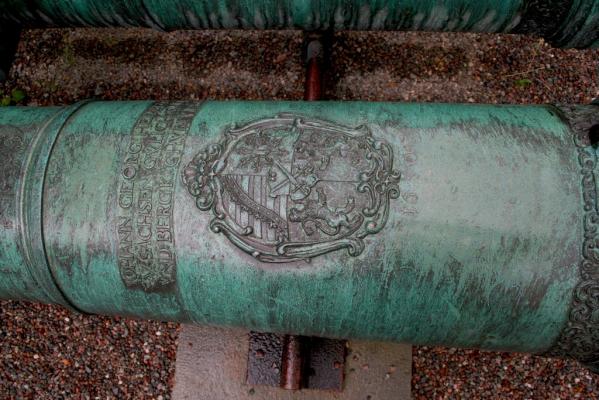
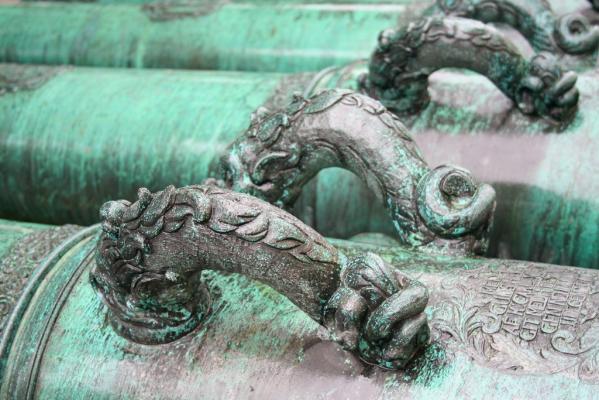
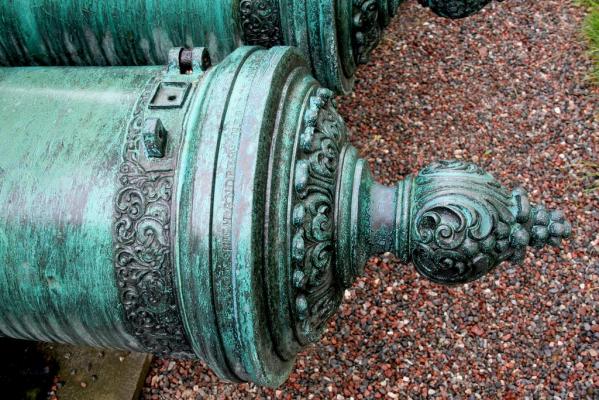
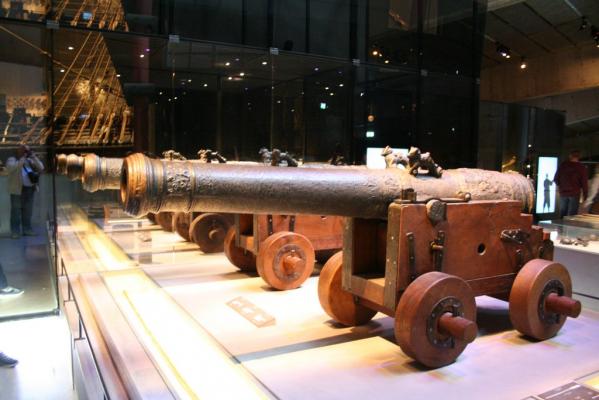
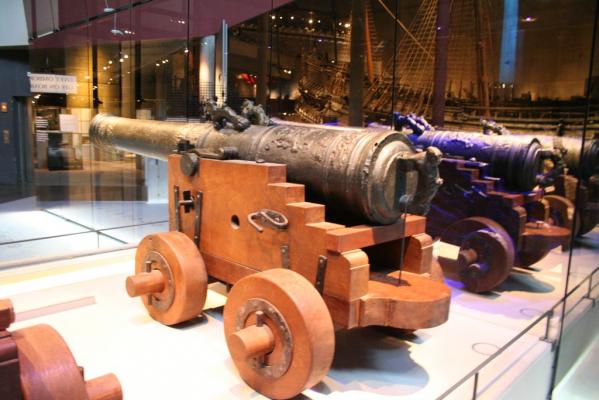
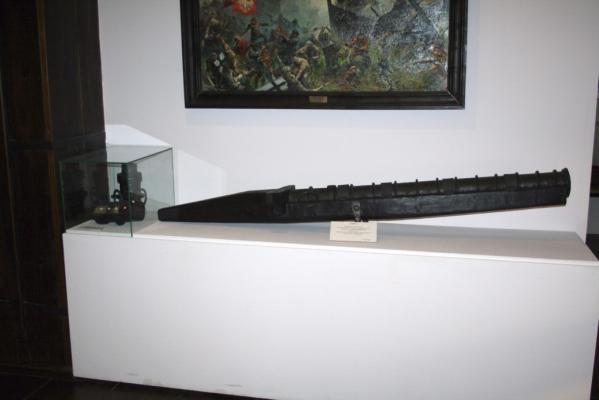
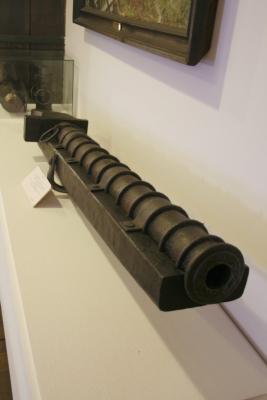
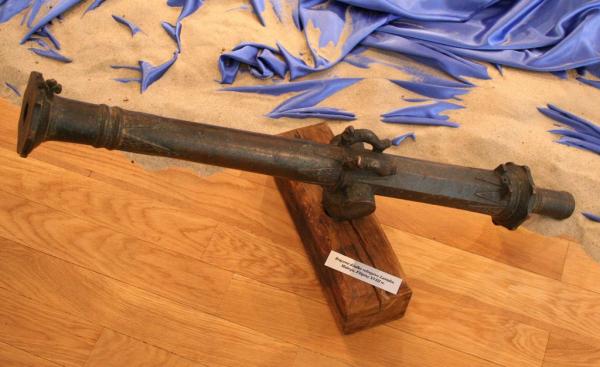
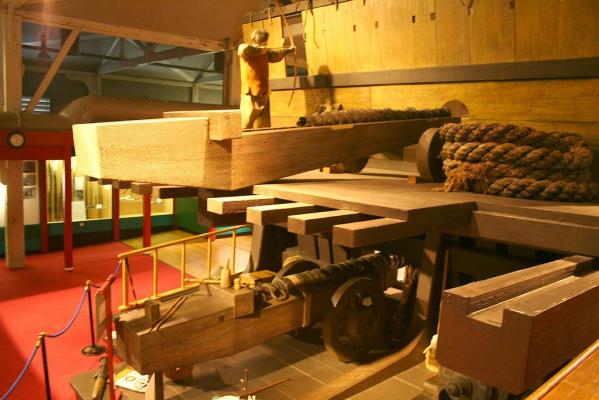
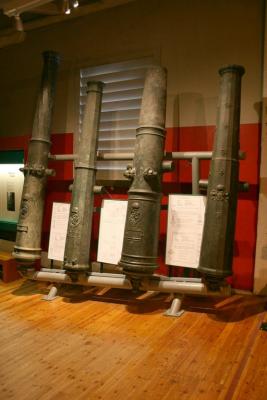
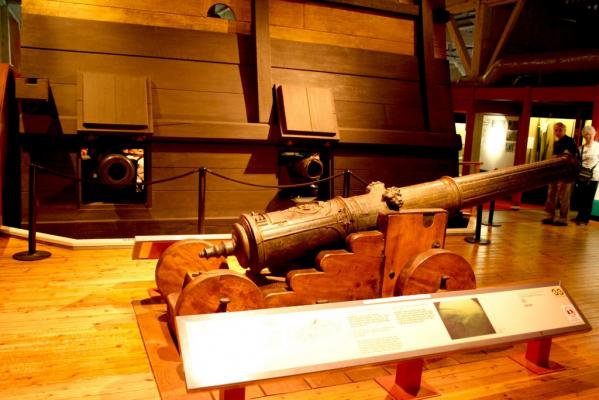
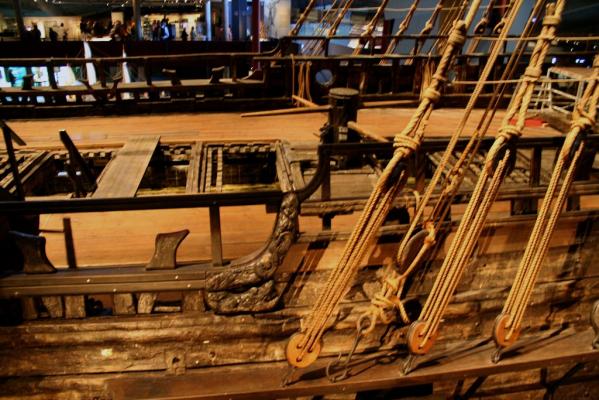
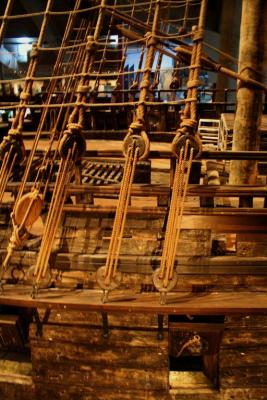
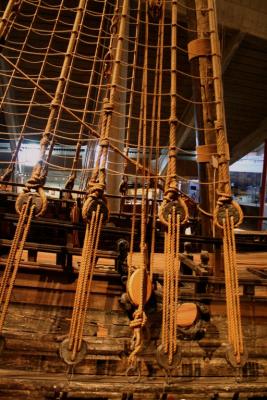
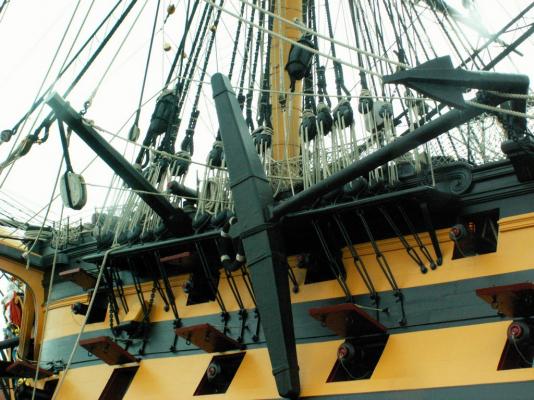
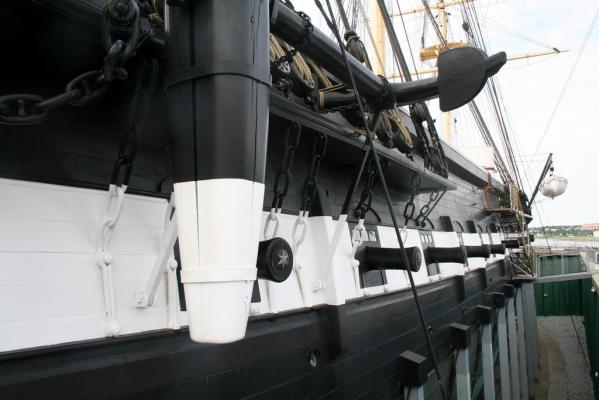
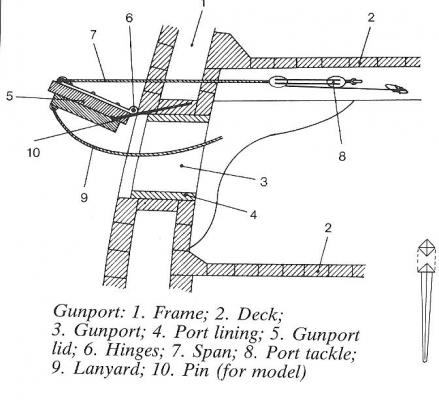
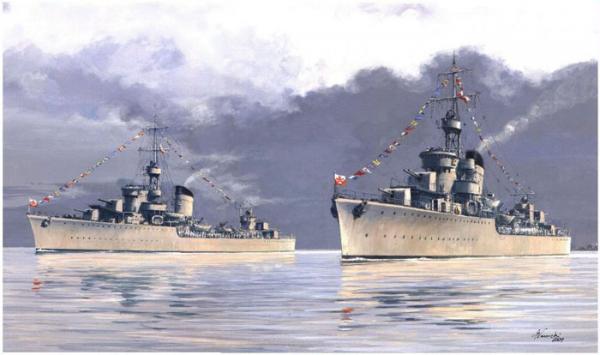
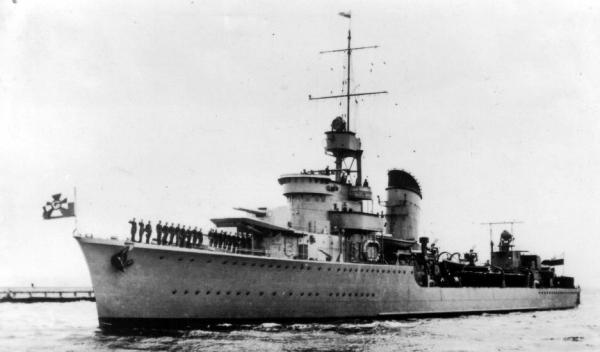
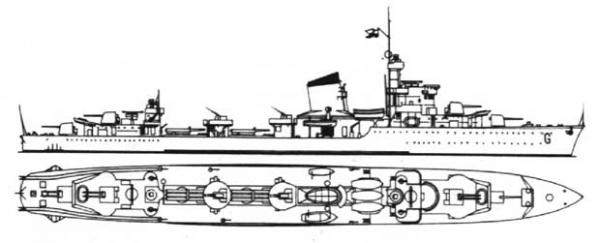

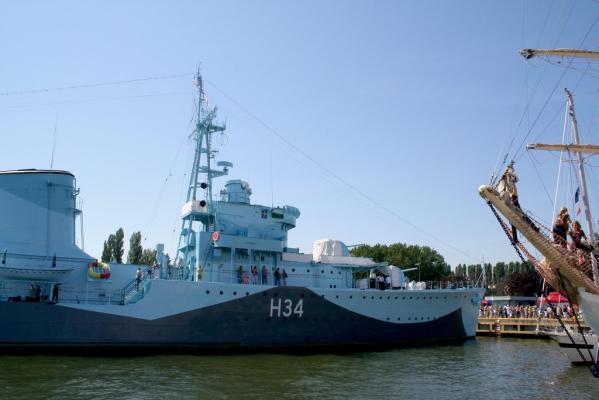
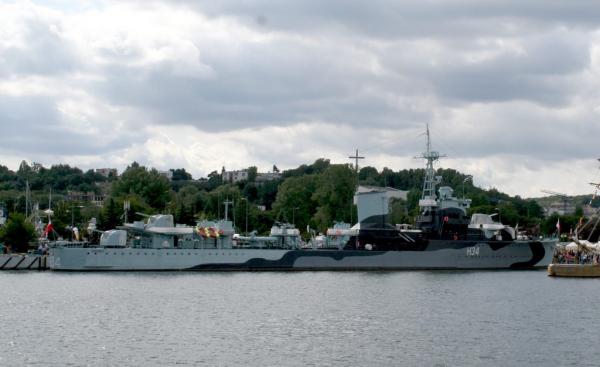
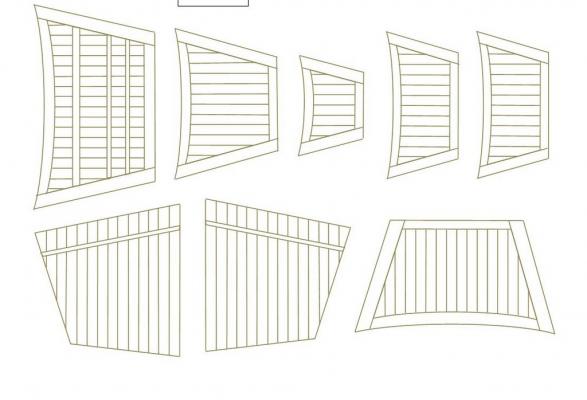
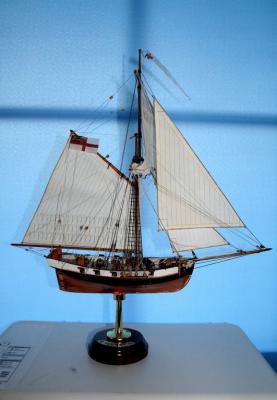

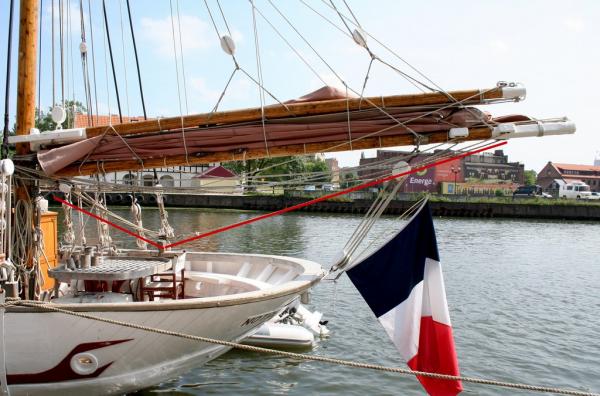
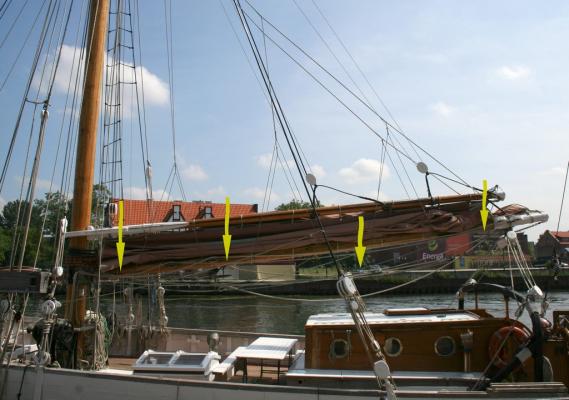
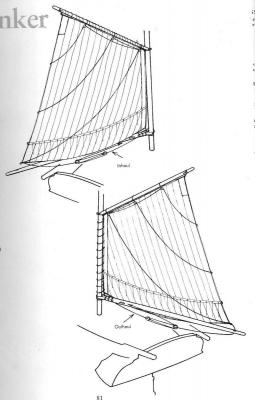
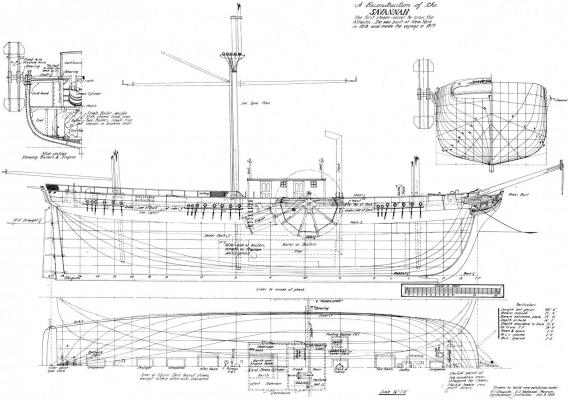
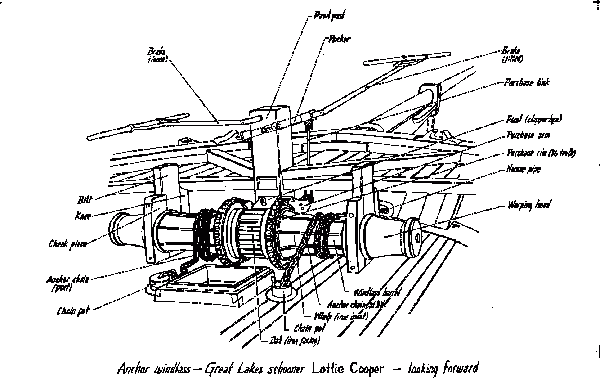
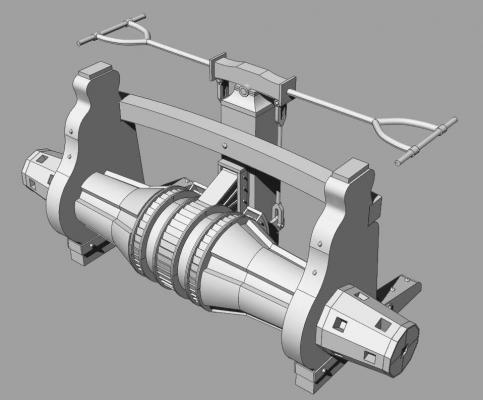
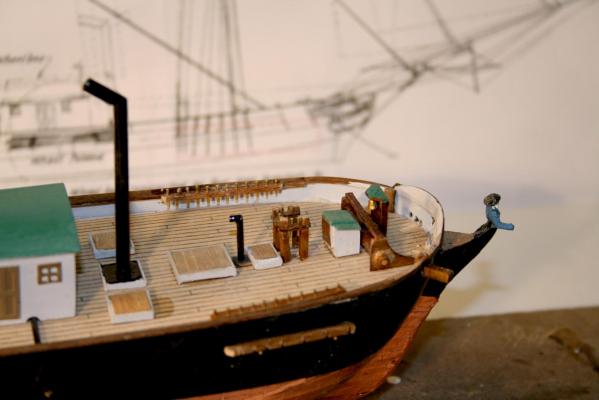
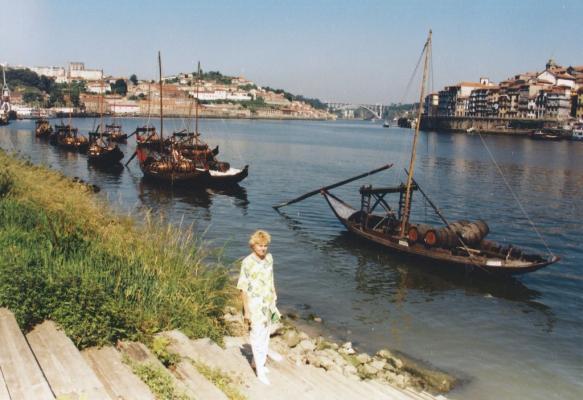
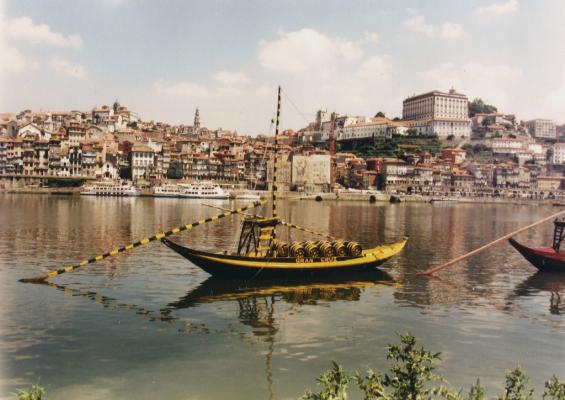

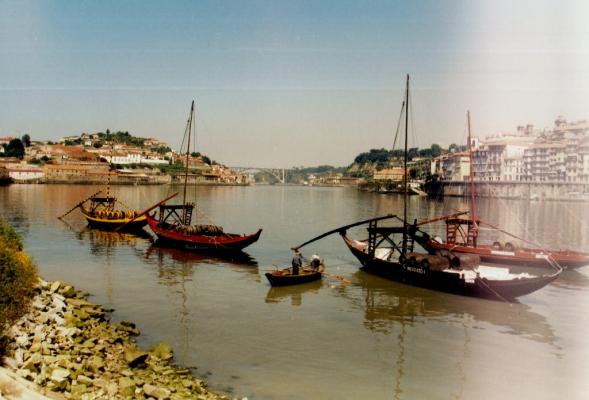
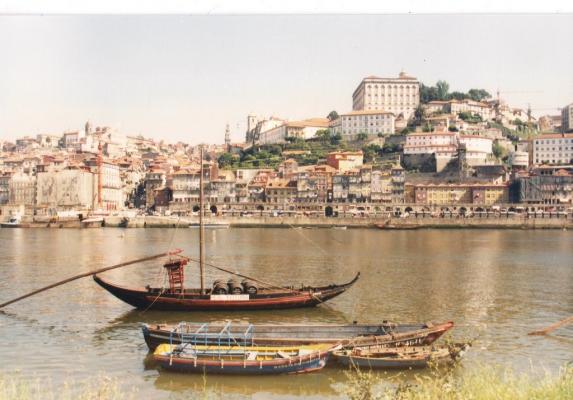
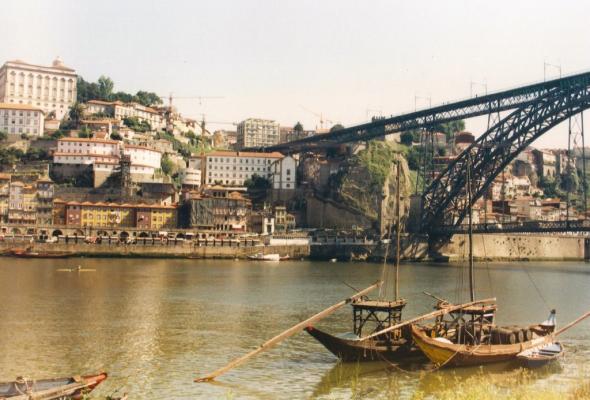
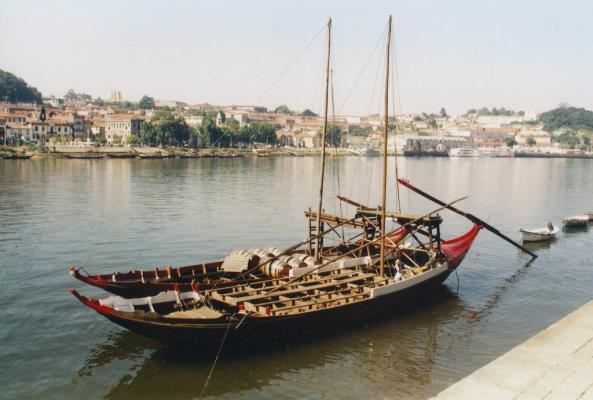
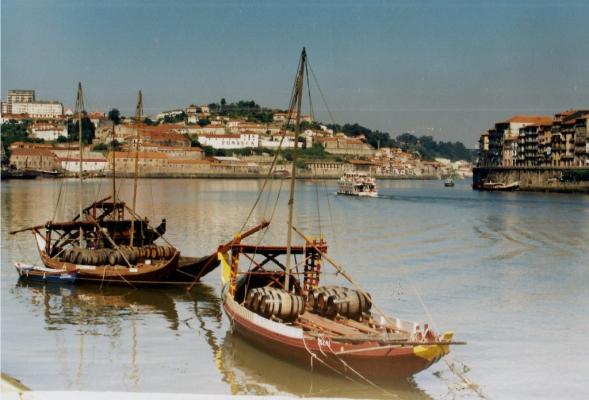
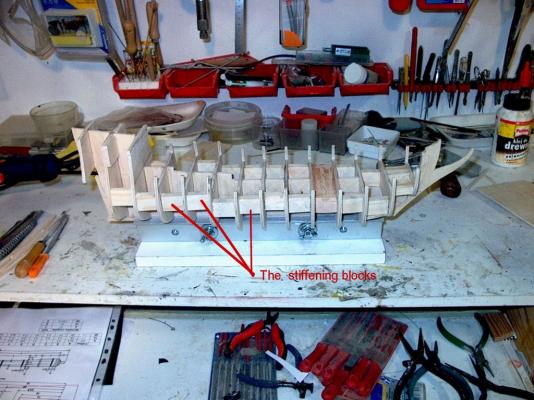


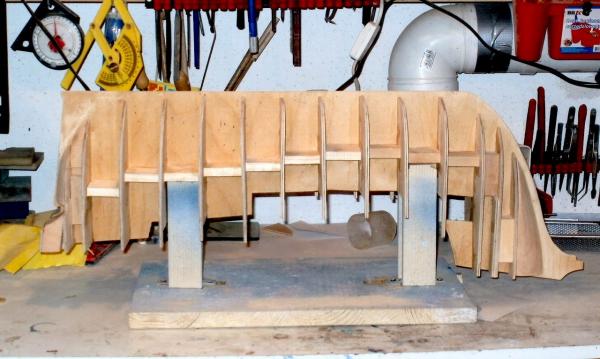
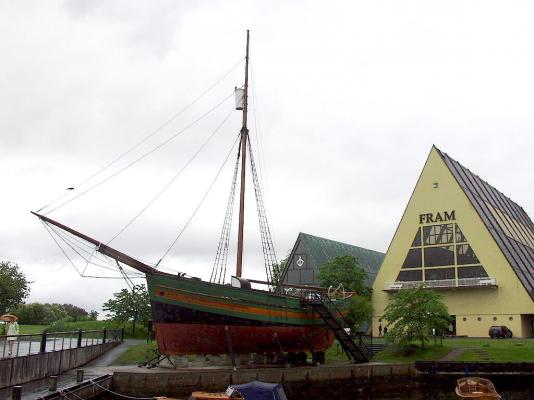
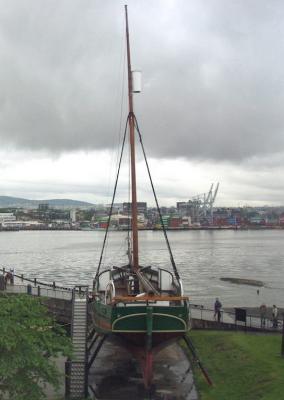

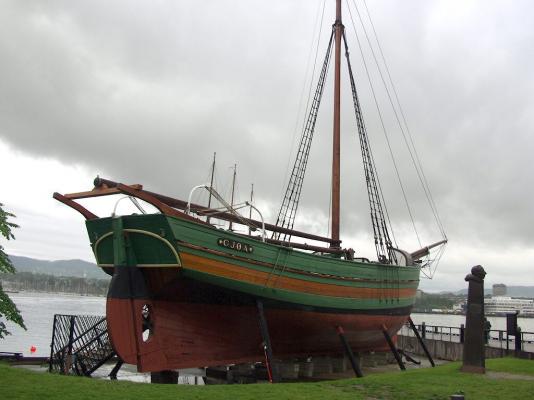
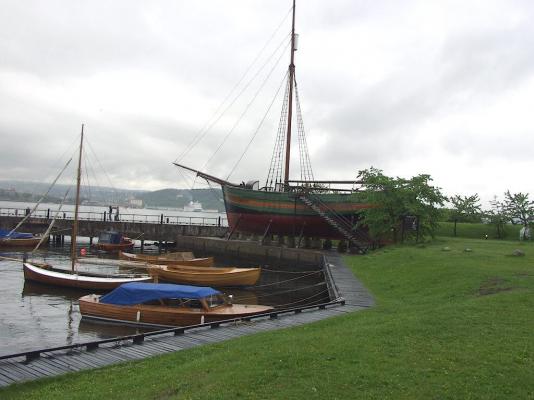
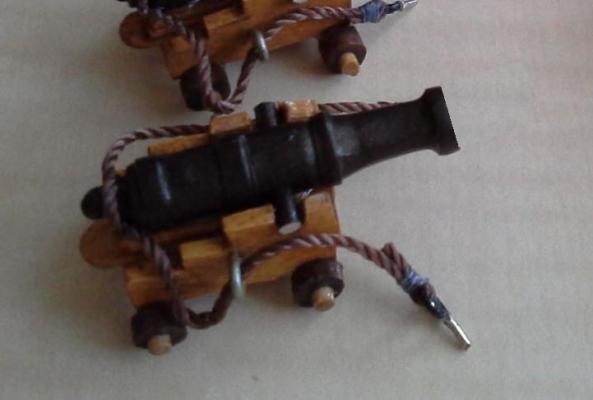
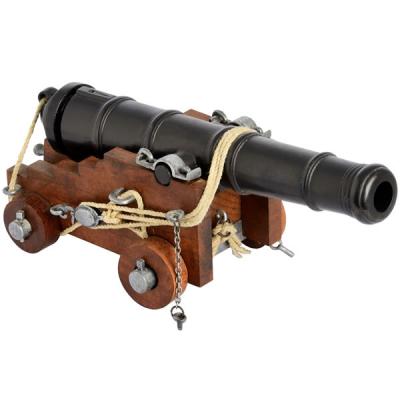
Art of period shipbuilding
in Nautical/Naval History
Posted · Edited by Tadeusz43
Hi,
The sails for historic ships sails were made of fabrics from natural fibers
initially with hemp and linen ( flax ) until it was supplanted by cotton during the 19th century. At first cotton was used as a matter of necessity in the United States as it was indigenous and the supply of flax was periodically interrupted by wars such as the War of 1812.
Often sails was impregnated as a protection against rot and there were white but red brown.
The sails were hand sewn from fabric which was hand-woven on a loom.
Foto 1 The sail of Vasa. Vasa Museum Stockholm.
Foto.2 The sail of HMS Victory. Historic Dockyards Portsmouth (UK)
Foto.3 The sailmaker glowe used as thimble. National Marine Museum Gdańsk
Foto. 4,6 Sailmaker at work. National Marine Museum Gdańsk
Foto.5 The hand weaving loom. Viking Boats Museum Roskilde Denmark.
Tadeusz